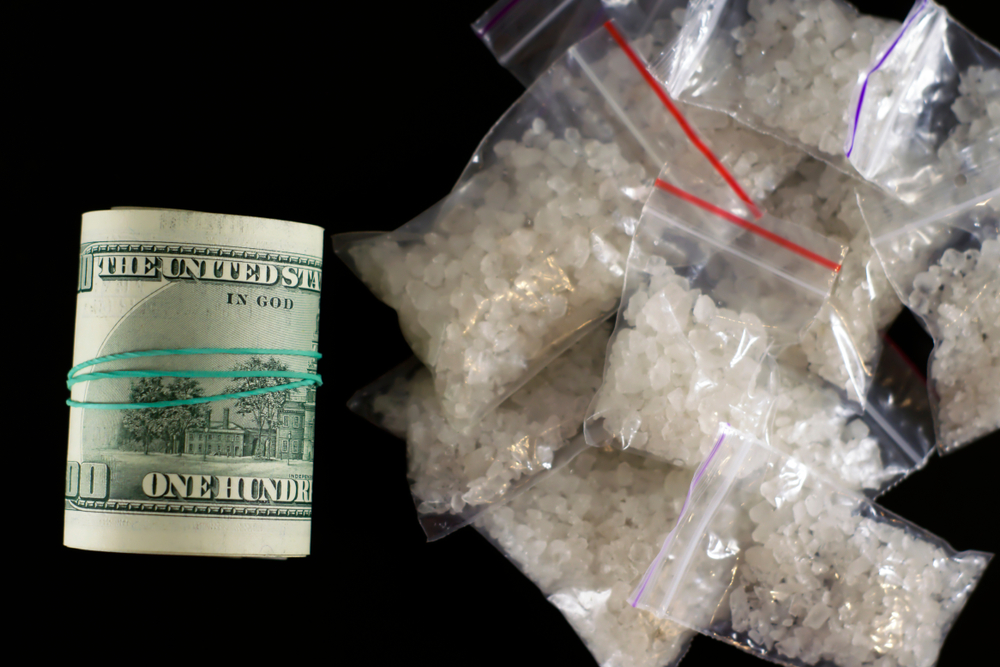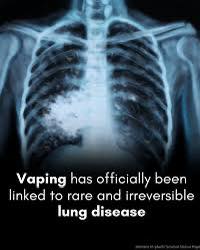Your cart is currently empty!


Crystal meth, also known on the streets as “ice” or “icy”, has rapidly become one of the most addictive and affordable drugs available today. This powerful stimulant affects the central nervous system, creating a temporary sense of energy, alertness, and euphoria — but at a devastating cost.
A Growing Crisis on the Streets
In recent years, as economic and social pressures rise, many people struggling with hardship have turned to meth as a cheap escape from reality. Unfortunately, that “escape” quickly becomes a deadly trap.
According to recent estimates, methamphetamine use contributes to around 30,000 deaths in the United States each year — an average of 93 lives lost every single day. These numbers continue to rise, highlighting an urgent national crisis that affects families and communities across the country.
What’s Really Inside Crystal Meth
Meth is often produced from highly toxic household chemicals that should never come near the human body. Some of the common ingredients used include:
- Drain cleaner
- Paint thinner
- Battery acid
- Gasoline
- Lye and antifreeze
These chemicals cause severe internal damage, even from limited use. Long-term exposure can destroy tissues, organs, and even alter brain function permanently.
The Devastating Health Consequences
Meth addiction impacts nearly every part of the body. Regular users may experience:
- Rapid weight loss and malnutrition
- Severe dental decay (“meth mouth”)
- Skin sores and infections
- Paranoia, hallucinations, and violent behavior
- Memory loss, confusion, and irreversible brain damage
Beyond physical effects, meth destroys relationships, jobs, and the ability to live a stable life. Its grip on the brain’s reward system makes recovery incredibly difficult without professional help.
The Hard Truth About Recovery
Statistics show that only about 5% of meth users manage to stay sober for three years or more without rehabilitation. Even with treatment, relapse is common, making meth as dangerous and addictive as heroin or crack cocaine.
But recovery is not impossible. With proper support, counseling, and treatment programs, individuals can rebuild their lives. It takes strength, community support, and consistent care — but every recovery story begins with a decision to seek help.
A Message of Awareness and Hope
If you or someone you love is struggling with meth addiction, you are not alone. Help is available. Reaching out for support can save a life — possibly your own.
You can contact the SAMHSA National Helpline at 1-800-662-HELP (4357) for free and confidential assistance, available 24/7.
The fight against meth addiction starts with awareness, compassion, and education. The more we understand the dangers of crystal meth, the better equipped we are to protect our communities and support those in need.





